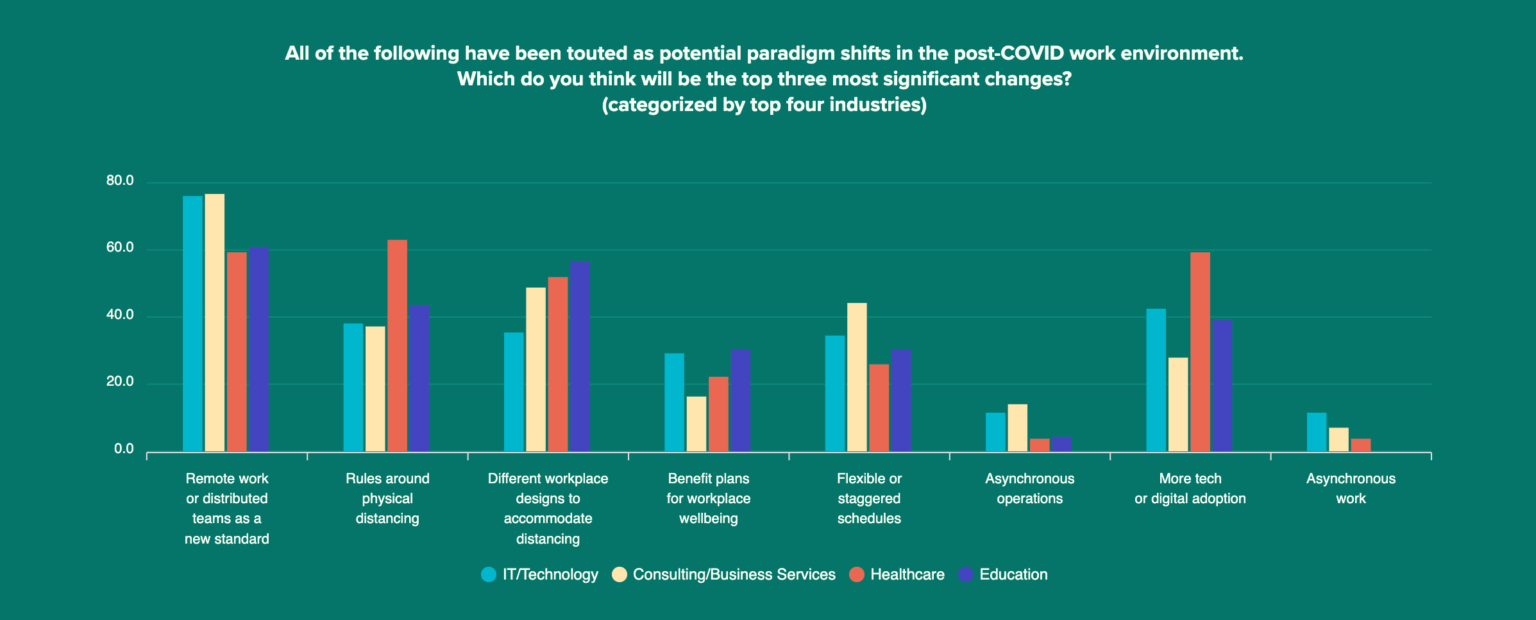The COVID-19 pandemic has been a catalyst for change across numerous aspects of daily life, and one of the most significant transformations has occurred in the world of work. Remote work, once a niche option reserved for specific job roles or industries, has now become a mainstream practice. This article explores the profound shifts in remote work brought about by the pandemic, illustrating how it has evolved and what the future holds.
The Pre-Pandemic Landscape of Remote Work
Before the pandemic, remote work was slowly gaining traction. According to a report by FlexJobs, in 2019, 4.7 million Americans were working remotely at least half of the time. This represented about 3.4% of the workforce. While companies like GitLab and Zapier thrived on remote work, many organizations were still hesitant, citing concerns over productivity and collaboration.
The Immediate Shift to Remote Work
With the onset of COVID-19 in early 2020, businesses around the globe were forced into an unprecedented shift. Lockdowns and social distancing measures led companies to adopt remote work almost overnight. The transition was not seamless but painted a vivid picture of adaptability in the face of crisis.
Statistics Highlighting the Shift

- According to a Stanford study, at the peak of the pandemic, around 42% of the U.S. labor force was working from home.
- A survey by Gartner revealed that 88% of organizations encouraged or required employees to work from home during the pandemic.
- By the end of 2020, around 30% of the workforce in the U.S. was still working remotely full-time.
The Benefits of Remote Work Realized
As businesses adapted to remote work, many began to realize its potential benefits. The advantages extended beyond mere health and safety; they encompassed productivity, employee satisfaction, and operational efficiency.
Key Benefits Identified

- Increased Productivity: A study by Prodoscore found that productivity among remote workers increased by 47% in 2020 compared to the previous year.
- Cost Savings: Companies reported saving on operational costs, such as office space and utilities. For instance, a report from Global Workplace Analytics suggested that employers could save an average of $11,000 per year for each employee who works remotely half of the time.
- Work-Life Balance: Remote work offered employees greater flexibility, allowing them to manage their time better and reduce commuting stress.
The Challenges Encountered
Despite the benefits, the transition was not without its challenges. Organizations faced various hurdles that prompted them to rethink their strategies surrounding remote work.
Common Challenges Faced
- Communication Barriers: Remote work can lead to miscommunication or feelings of isolation among team members.
- Work-Life Boundaries: Many employees struggled to separate their personal and professional lives, leading to burnout.
- Technology Gaps: Not all organizations had the necessary infrastructure or tools to support a remote workforce effectively.
Redefining Company Culture
Company culture took on new dimensions in a remote environment. Organizations had to find innovative ways to maintain engagement and foster connections amongst employees who were physically apart.
Innovative Approaches to Culture Building
 Work after Covid-19 - 19 Nov-V03.png?itok=HFrwKUre)
- Virtual Team Building: Companies began organizing virtual events, such as online happy hours and team-building exercises, to promote camaraderie.
- Regular Check-Ins: Managers adopted more frequent one-on-one meetings to ensure employees felt supported and connected.
- Recognition Programs: Acknowledging employee achievements became vital, with many organizations implementing digital recognition tools to celebrate success.
The Future of Remote Work
As we move beyond the pandemic, the future of remote work is becoming increasingly clear. Many organizations are adopting hybrid models, allowing employees to split their time between remote and in-office work. This approach offers a balance that caters to various employee preferences.
Trends Shaping the Future
- Hybrid Work Models: According to a survey by McKinsey, 58% of employees would prefer to work remotely at least three days a week.
- Increased Investment in Technology: As remote work becomes permanent, organizations are investing in collaboration tools, cybersecurity, and cloud-based solutions to enhance productivity.
- Focus on Mental Health: Companies are increasingly prioritizing mental health resources, providing employees with access to counseling, wellness programs, and flexible work arrangements.
Case Studies of Successful Remote Work Adoption
Several companies have successfully navigated the transition to remote work, setting examples for others to follow.
Case Study: Twitter
Twitter announced in May 2020 that employees could work from home indefinitely. This decision was based on the premise that flexibility would enhance employee satisfaction and productivity. The company has since shifted its focus on digital collaboration and communication tools, allowing employees to thrive remotely.
Case Study: Shopify
Shopify declared itself a “digital by default” company in May 2020, fully embracing remote work as its norm. The company invested in remote work infrastructure and crafted a comprehensive policy on remote work, emphasizing a culture of trust and accountability.
Conclusion: A New Era of Work

The COVID-19 pandemic has irrevocably changed the landscape of remote work. What began as a necessity has evolved into a permanent shift in how organizations operate. With increased productivity, cost savings, and a newfound focus on employee well-being, remote work is here to stay. As companies adapt to hybrid models and invest in technology, we can expect a more flexible, inclusive, and efficient work environment in the future. The lessons learned during this time will shape how we work for generations to come, emphasizing the importance of adaptability and resilience in the face of change.